A nifty guide to selecting the right wallpaper for your interiors
Wallpapers that emphasize on modern designs and sophisticated patterns can enhance the look and feel of any décor. The mess-free versions available today are a far cry from the tangled nightmares you may remember from years ago. Regardless of whether you're simply adding an elegant touch to your room, or going for a complete revamp, they have the capacity to redefine your living space. Clueless about which type of wallpaper will complement your interiors seamlessly? Or maybe slightly confused about choosing the perfect one from the scores of attractive alternatives available to you? Try this groovy guide to narrow down on the wall-art of your choice:
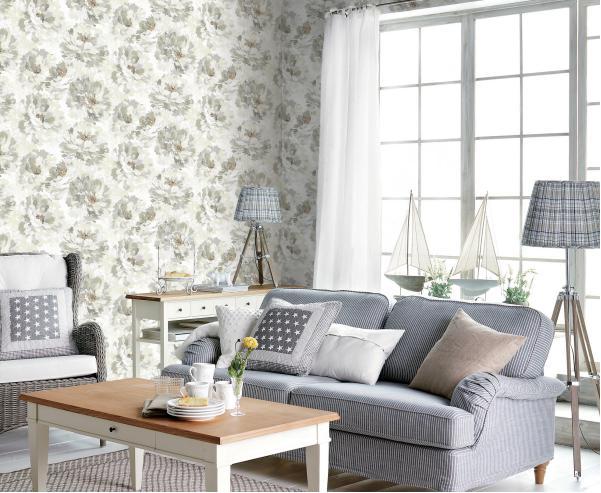
1. What are they made of ?
Your first step while selecting a wallpaper is choosing the material. Vinyl-based ones work best for splash-prone rooms such as the kitchen or bathroom, or spaces likely to get assaulted by crayons and muddy puppies. A vinyl wallpaper is easy to wipe down, although remember to not hang it directly around a shower or sink. Made by laminating a vinyl film over a paper backing, it is usually hardwearing and works best on walls with minor imperfections. A paper-based wallpaper should be your go-to choice if you’re looking for intricate patterns, detailed designs, and wouldn’t mind giving some extra care and attention to it. The only drawback is that they are delicate and can be easily torn or marked. The fabric wallpaper, which is crafted by laminating a textured sheet of fabric—usually with vinyl—can mark more easily than vinyl or paper designs, and is also unsuitable for damp areas as it absorbs water. The non-woven variety is a preferred option if you want a wallpaper that adds the beauty of textiles to your wall, and it’s water-resistant too. The blend of natural and synthetic fibres makes them breathable and washable. They never expand or contract, making for accurate and easy application. Or, you could also go for foil wallpapers if you’re aiming for a glossy or metallic look. These are great for reflecting light and brightening up darker rooms. However, since they wrinkle easily, make sure your walls are smooth and unmarked.
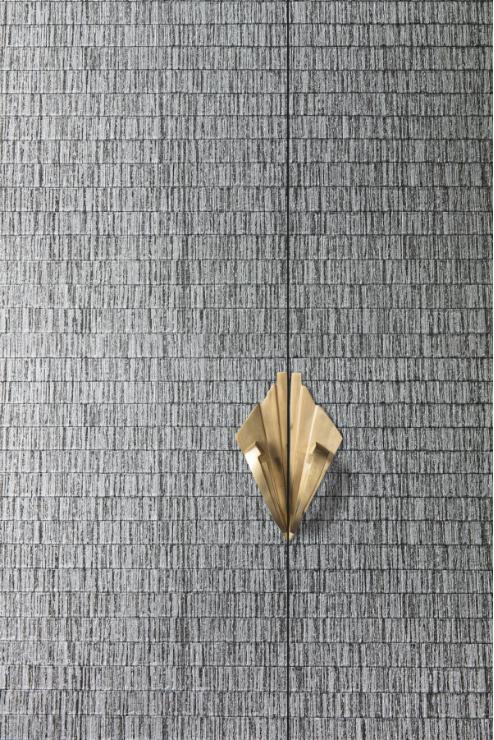
2. Which patterns can you opt for ?
Wallpapers in plain colours are great for setting off the rest of the room, while patterned ones make more of an impact. From subtle tone-on-tone and small repeated designs to textured and large prints, there's no limit to the variety of patterns you can opt for when buying your wallpaper. To add drama to a room without a huge outlay, consider using patterned wallpaper as a distinctive feature. You can make a bold statement with wallpapers in watercolour florals, metallic and graphic prints, or give your furniture character with those sporting a simulated wood panelling and realistic renditions of brick and stone. Vertical patterns can make the ceiling in a room seem higher, while horizontal designs can make a room feel wider and more open.
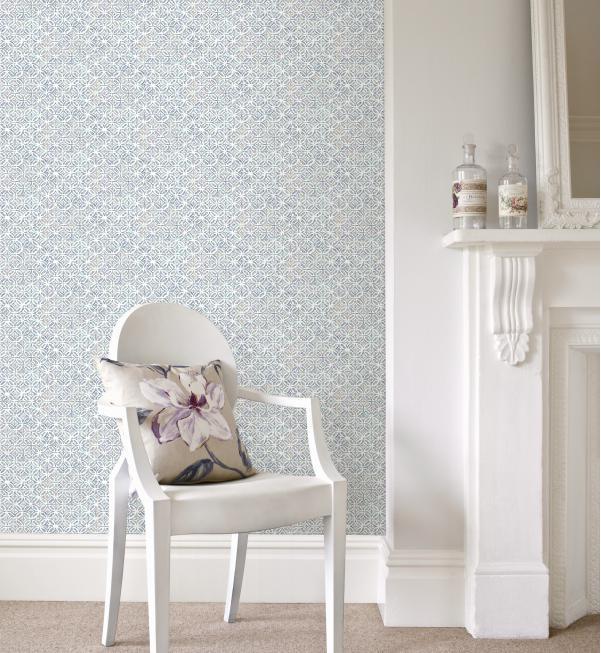
3. How do you use them ?
Wallpapers are a nice way to instantly create a colour palette in the room, so be creative. You don’t necessarily have to paper all walls with one pattern, you can use one wall to create a focal point that lets the design elements of others pop. You can also add a chair rail to your wallpaper design, or break up the look with a border, wherever you fancy. Treat different walls with different yet complementary colours, patterns and tones. Also, remember that wallpapers can even be used on your ceiling for an interesting texture.
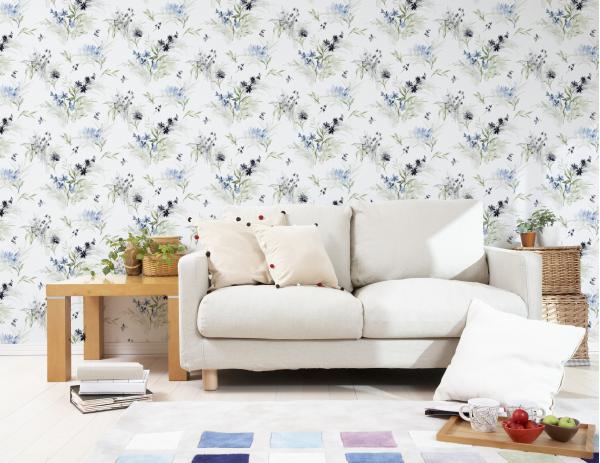
4. How much wallpaper do you need ?
It's essential to measure the room and find out how many rolls of wallpaper you will require. Approach your decorator for guidance if you're having your space wallpapered professionally. If it’s a DIY project, start by calculating the square footage of your room's wall space. Measure the length of the walls you want to wallpaper, then add them and multiply the total by the height of the ceiling space. There’s no need to subtract for doors and windows, unless there’s too many and they are uncommonly big in size. If the wallpaper you’ve chosen contains a repeating pattern, you must calculate for the extra amount you would require for matching up the pattern. Pattern repeat length is what stands for the amount of wallpaper that contains one repetition of the pattern. You can check out this detail on the wallpaper packaging. It’s always a good idea to add an extra roll to your cart for covering any unforeseen wastage, because If you need extra wallpaper at a later date, you may find shade variances between batches.
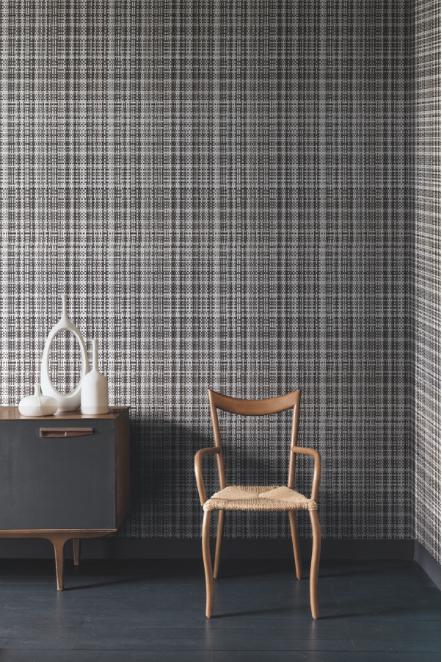
5. Which questions should you ask ?
It’s obvious that picking the right wallpaper involves more than just zeroing down on the colour and pattern. It is also about considering the quality, and whether it brings colour and life to the room. Make sure that you read the manufacturer's label carefully to determine the material, how to put it up, and the level of care it requires. The label will likely answer some pertinent questions as well—like whether the wallpaper you’re buying is stain-resistant, moisture-resistant, cleanable, removable, and if it comes with a self-adhesive. If these general instructions are absent, you can always enquire at the store you purchased it from.
You are now ready to make an informed decision! So, go ahead and buy a wallpaper that gives wings to your inner artist!






